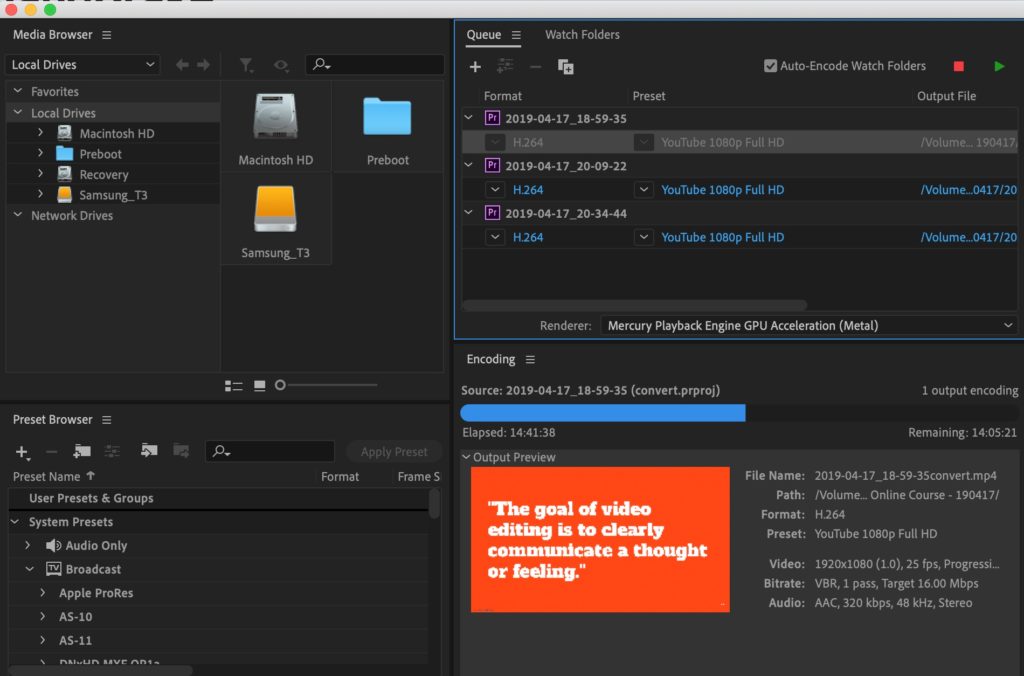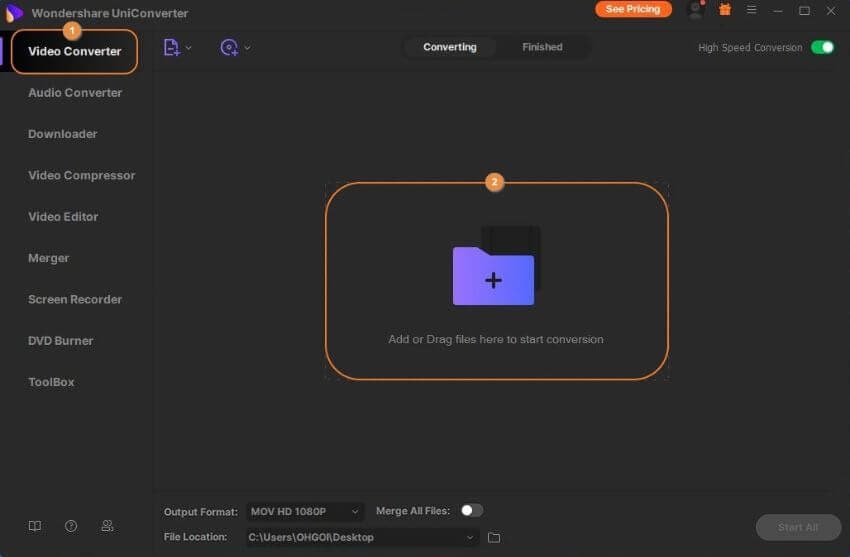


video tracks need to be compressed to reasonable file sizes before they can be burned onto discs or put online to be downloaded. For example, a container format might have room for one video track, one audio track, and one subtitle track. The container type dictates what kinds of data can be held in the file and how that data is arranged within the file. When you see a video file with a given extension, you’re actually seeing the container type. Seeking clarity, I found this explanation from MakeUseOf: It was also confusing that Premiere Elements 12 was able to import and use some AVI files, but not others. For instance, I thought AVI meant “uncompressed.” But that was puzzling, because I had seen that raw video files were much larger than AVI files, and on the other hand I had also encountered AVIs that were actually smaller than the MP4s that resulted when I tried to compress those AVIs. I had some beliefs about those extensions. I had seen MP4, MPG, FLV, AVI, and other extensions at the end of file names. The most obvious difference among video formats was the file extension. It seemed it might continue to have some problems, precisely because it could handle codecs that some video players might not be able to process, at least without the aid of a codec download from a source like CCCP or K-Lite.Īlong with those MKV-specific findings, I reviewed other formats (e.g., WMV) and codecs (e.g., Xvid) and concluded that the best combination, for purposes of widespread support, was MP4 encoded using H.264, though I continued to be curious about the potential of H.265.

It was enjoying gradually greater popularity but was not yet as popular as the older AVI and MP4 formats. The MKV type of container was especially well-designed to offer such flexibility. VLC Media Player seemed to be capable of remuxing. The contents of one container (e.g., MP4) could be remultiplexed (or remuxed, for short) into another (e.g., AVI) without loss of quality. It seemed the actual file compression was handled by codecs, among which H.264 and H.265 were predominant. In the exploration described in this post, I found that file extensions like WMV and MOV represent kinds of video “containers,” capable of holding video and audio streams that may or may not be highly compressed. This post presents what I learned when I belatedly examined such matters.Ĭhoosing a Container Format and a Resolution I had a rough sense of some differences among those output formats, and I had heard of video “containers” and “codecs.” But I wasn’t too clear on what those terms meant, or on why one format would be better than another. Such software allowed me to choose the output format for each video file I produced. I had been using Adobe Premiere Elements 12 and other video editing software for some time.


 0 kommentar(er)
0 kommentar(er)
